Art and Design
Aims of our Art and Design programme:
At F&B we are committed to ensuring every child has access to a broad and balanced curriculum. Art and Design provides children with the opportunities to look at the world through the eyes of an artist and gives the children the chance to express their individual interests, thoughts and ideas.
Pupils' definition: Art and Design teaches us about colours and how to make pictures.
Art and Design embodies some of the highest forms of human creativity. A high-quality art and design education should engage, inspire and challenge pupils, equipping them with the knowledge and skills to experiment, invent and create their own works of art, craft and design. As pupils progress, they should be able to think critically and develop a more rigorous understanding of art and design. They should also know how art and design both reflects and shapes our history, and contributes to the culture, creativity and wealth of our nation.
Knowledge and Skills:
The national curriculum for art and design aims to ensure that all pupils:
- Produce creative work, exploring their ideas and recording their experiences
- Become proficient in drawing, painting, sculpture and other art, craft and design techniques
- Evaluate and analyse creative works using the language of art, craft and design
- Know about great artists, craft makers and designers, and understand the historical and cultural development of their art forms.
What Art and Design looks like at F&B
At F and B we like to make Art and Design a subject that is exciting, enjoyable and inspiring for all pupils. A high-quality Art and Design education should provide a curriculum that builds up basic skills and equips them with the knowledge and abilities to experiment, invent and create their own works of art, craft and design.
At Fawbert and Barnard, children’s interests are captured through topic themed learning, ensuring that links are made in a cross curricular way, giving children motivation and meaning for their learning.
Our curriculum ensures strong links to a range of great artists and designers which will enable children to develop an opinion on artist’s styles and interpret what a piece of work is trying to portray.
We have a wide range of resources available for the children to experiment with and develop their artistic skills, including painting, printing, and clay for sculpting.
We offer children the opportunity to independently access ‘creative areas’ which allows them to grow in confidence, be expressive and create artwork that reflects their interests and curiosity. In early Years the children have access to easels and art resources in their creative areas, including outside.
In Year 1 the children have access to arts and craft during outdoor learning time and within their soft start morning sessions which are aimed at helping children develop an artistic skill. The children’s work is recorded through sketchbooks and on Evidence Me which capture their journey and artistic development throughout Reception and KS1.
We will be holding regular Arts events every year such as our art week. Each year we hope to take part in the ‘Oasis of Calm’ exhibition Run by the Sawbridgeworth Sustainability Group at Great St Marys Church to spread awareness of sustainability within our community.
We have opportunities for parents to get crafty and see their children’s creations during our end of topic celebrations.We now store all Art and Design resources centrally, which enable the Art and Design lead to easily audit and purchase resources to ensure high quality resources are made available to teach the curriculum to a high standard.
Art Outcomes at F&B
The impact of our curriculum design will be that children foster a love and enjoyment of Art and Design. Within Art and Design, we strive to create a supportive and collaborative ethos for learning by providing investigative and enquiry based learning opportunities. Emphasis is placed on investigative learning opportunities to help children gain a coherent knowledge of understanding of each unit of work covered throughout the school.
Our art and design curriculum is high quality, well-thought-out and is planned to demonstrate progression. We focus on progression of knowledge and skills and discreet vocabulary progression also form part of the units of work. We measure the impact of our curriculum through the following methods:
- Pupils’ sketchbooks, along with displays, give evidence of the topic coverage and clearly show each step of learning; working through the processes of: Exploration – Investigation / Experimentation – Making final product - Evaluation
- Capturing work and pupils processes digitally on EvidenceMe
- Interviewing the pupils, Staff and parents about their learning (pupil, Staff and Parent voice).
- Moderation staff meetings where pupil’s books are scrutinised and there is the opportunity for a dialogue between teachers to understand their class’s work.
- Regular CPD sessions for all staff to develop their understanding of the curriculum and how to best deliver it.
- Annual reporting of standards across the curriculum.
Montessori
"The human hand, so delicate and so complicated, not only allows the mind to reveal itself but it enables the whole being to enter into special relationships with its environment... man 'takes possession of his environment with his hands.' His hands, under the guidance of his intellect transform this environment and thus enable him to fulfill his mission in the world."
—Maria Montessori, The Discovery of the Child
Art is one of the many ways children express themselves and communicate their feelings. It is through art that children develop their fine motor skills. In the Montessori environment, we provide open-ended art activities that help children explore, work creatively and consolidate their motor skills. The children can make art connections throughout their other classroom activities, using these connections to enhance their learning.
The children have free access to an easel, and art resources to explore and develop their skills ready for KS1. Through artist of the half-term we incorporate literature by using a story book about the artist.
The children learn about colour through Montessori Sensorial colour boxes. The direct purpose of these is to introduce children to orienting colour, and “matching” of materials. They work through boxes 1-3: Sensorial - Colour boxes
- · Colour Box 1 - pairing activity, primary colours
- · Colour box 2 – pairing activity, primary and secondary colours tablets, plus black, grey, pink, and brown.
- · Colour box 3 – grading activity, primary and secondary colours, plus grey, black, pink, and brown
The first 2 boxes are pairing activities and the third box is a grading activity. Children are invited to use their imaginations to create designs with the tablets following the presentation and activity.
These activities prepare the children for KS1 by laying the foundations of pencil and brush dexterity and teaching them colour mixing. They are also developing an awareness and understanding of different art styles and movements and well-known artists and their contribution to the art world.
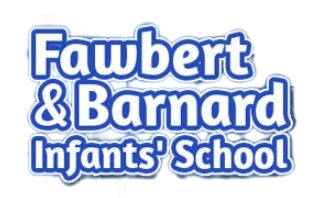
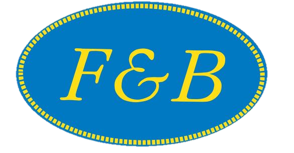



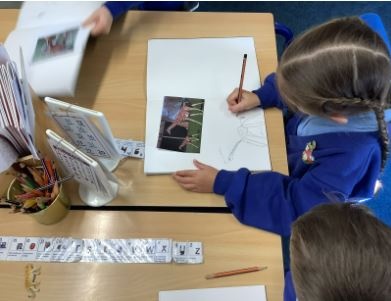
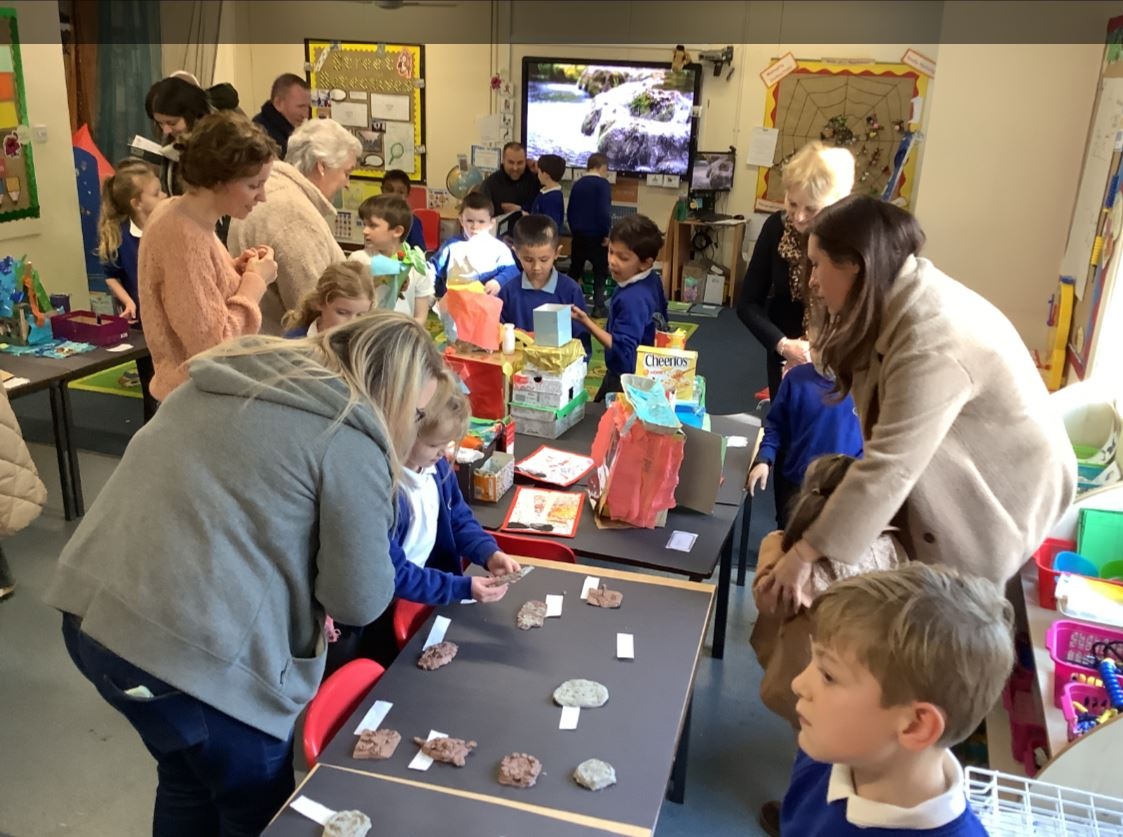
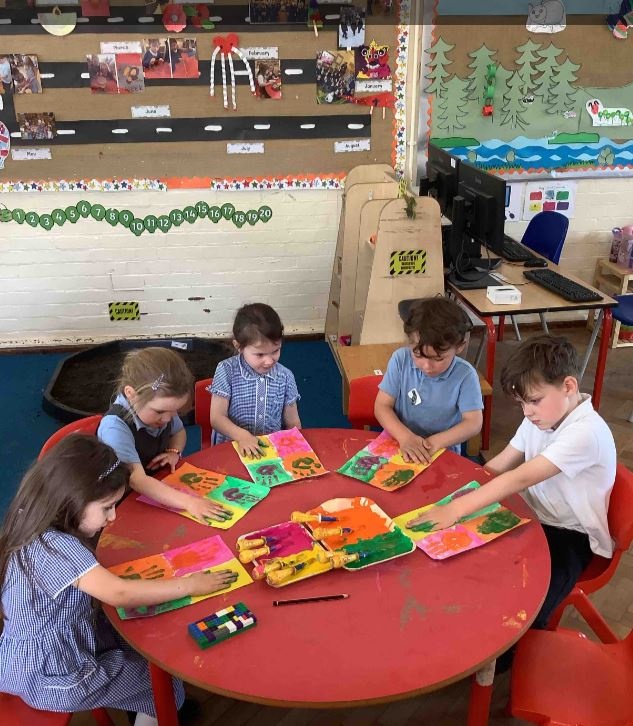

.JPG)
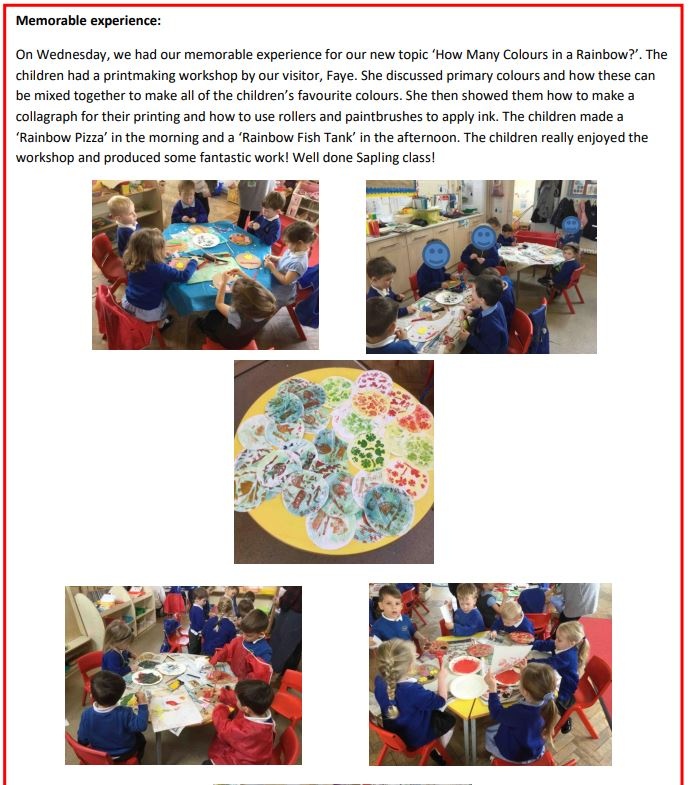
.JPG)